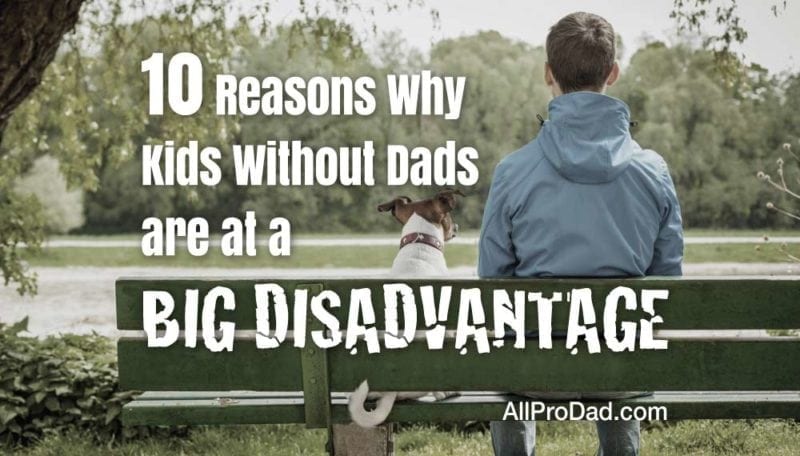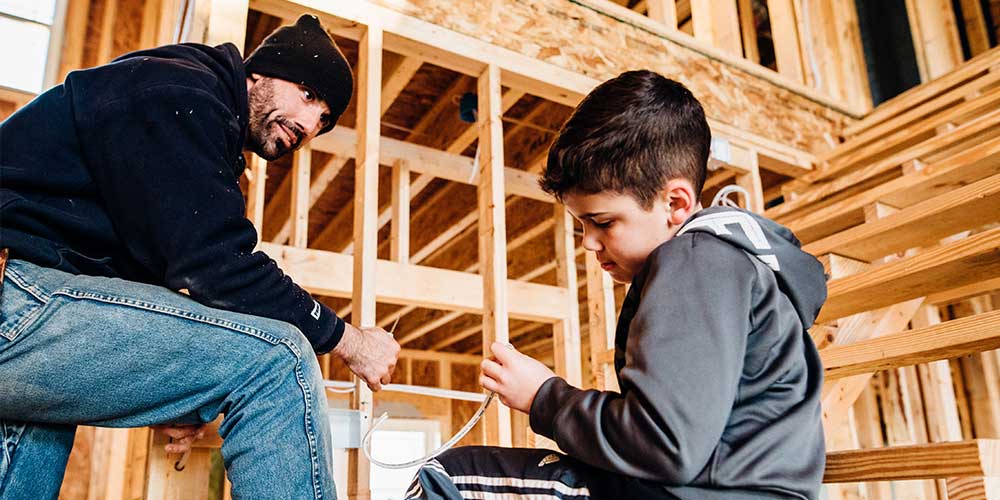When a good friend’s family dog died unexpectedly, the beloved pet was only 6 years old and seemingly healthy. But sometimes, life does what it does, and we lose things that are precious to us. The family was a wreck. Their young children couldn’t comprehend why their dog was taken away, and the parents were struggling with the same thoughts. When facing moments like this, especially when there is a sad child involved, someone in the family needs to take the lead. That someone is Dad.
Is there anything more heartbreaking than having a sad child? It brings out all the feelings in a parent, and that’s where we find some of our most important teaching moments. We have to be ready to help our sad child learn to process sad experiences, learn from them, and move forward. We need to prepare our children to thrive in a world that will always provide plenty of hurt. Here are 5 essential tips for parenting your kids through sad moments.
1. Isolate the root cause.
What specifically is making your child sad? In the case of my friend, the root cause was easy—the family dog’s death. Yet, there are plenty of things that cause sadness in our kids, such as losing a good friend, bullying, or tension inside the home. Sometimes kids may not even know why they are upset or are reluctant to share. Like when you’re trying to find lost car keys, help them calmly retrace the steps until you get to what’s really bothering them. It’s our job as parents to get to the root of why our child is sad. Then we can begin to move forward in helping him.
2. Grieve together.
You’ll need empathy for this. Grieving is important; give your kids time to do so. In fact, you should grieve with them. If they are sad, you are sad, and together, you will process the emotions. Give them space to tell you how they are feeling. Remember that their emotions are legitimate. Hurt along with them, but remember that you are the adult who has a healthy perspective. If their perspective is out of balance, help them bring it back. You want to lead them out of the hole, not go down it with them.
3. Display resiliency.
If your child truly believes you are hurting with him, he is going to be carefully watching to see how you respond. This is how a child either learns to become resilient or begins a habit of falling to pieces anytime something negative happens. Kids will face countless moments in their lives, the same as us, when it will be vital that they’ve learned to be resilient. My dad used to tell me in these moments that “it’s important to keep living. We wake up, put our pants on, eat, and we go do the things we’re supposed to do.” I have never forgotten that.
4. Reintroduce joy.
You’ve isolated the root cause, you’ve given them time to grieve, you’ve shared their pain, you’ve taught them how to bounce back, so now, it’s time to reintroduce joy. Begin to point out the abundance of good things in our lives, from simple things like a beloved stuffed animal to bigger essentials like a roof over their heads, food to eat, a parent who loves them. We want our kids to have hope that always stays lit within them. Though hard times will come, the blessings will see them through.
5. Allow closure.
Good mental health requires that we find closure with the thing that is hurting us. We accept that the hurt happened and we experienced it fully, and now, we must move forward. Doing something tangible and visible will help kids find this closure. For example, you could have a backyard funeral for your pet. This provides finality to the event. Closure can be more difficult for things like bullying or a lost friend. It may be a good idea to seek professional counseling for your child to help him complete this final step.
Sound off: How have you handled sadness in your kids?











Huddle up with your kids and ask, “What are some things that make you feel sad?”